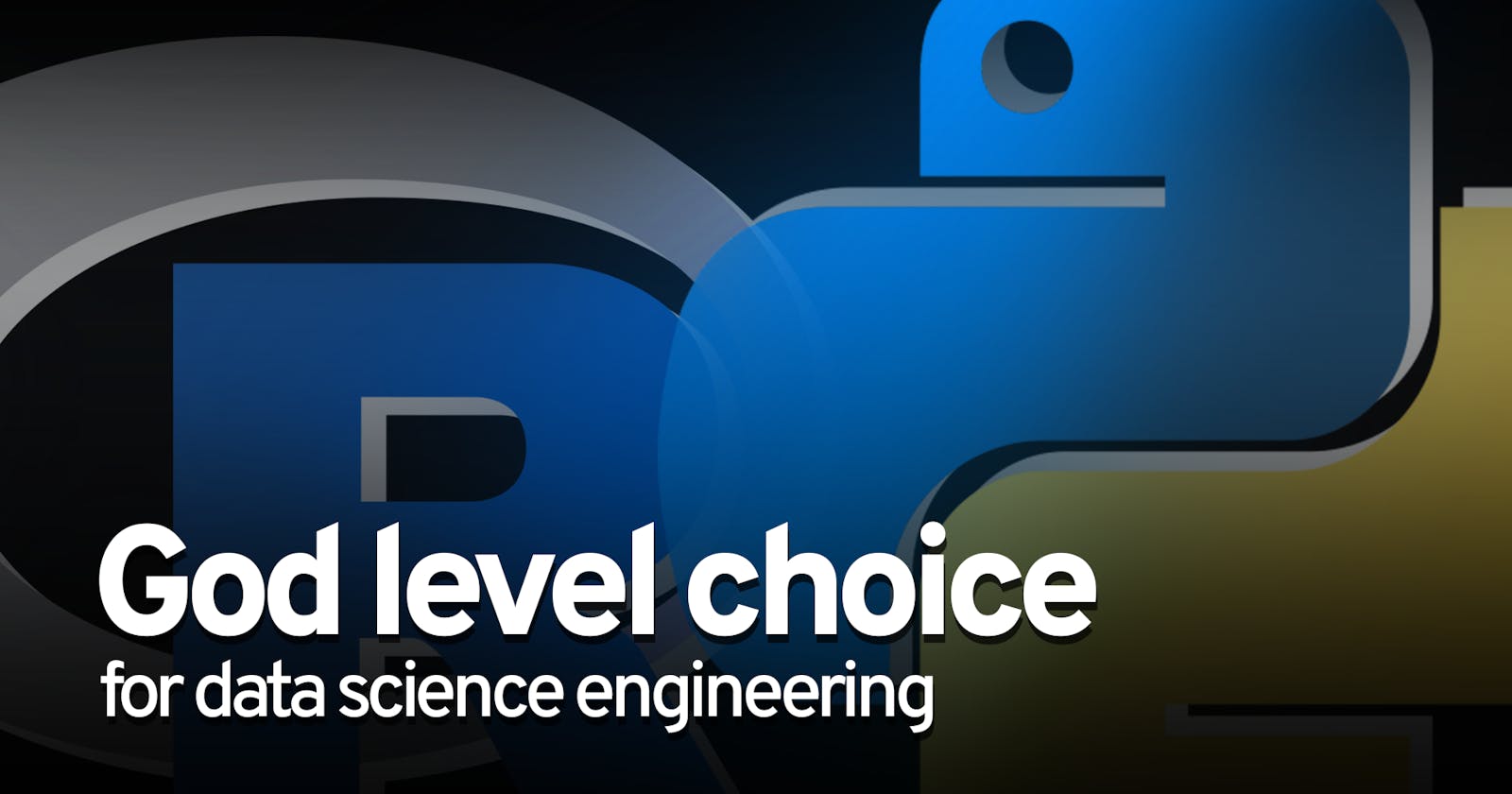Table of contents
Choosing Between R and Python for Data Science Learning
When starting out in data science, one of the first decisions you'll face is choosing the programming language to learn. The two frontrunners in this field are R and Python. Both languages have their unique strengths and are popular choices in the data science community. Here, we'll compare these languages across various criteria to help you make an informed decision baWhen you first aspired to become a data scientist, you were confronted with the choice of the programming language that you need to learn. Now, when it highly likely that you want to make use of the knowledge acquired during the course, there are two main rivals: R and Python. The languages have their unique advantages and have proven their effectiveness and wide use in the data science community. In order for you to make an educated decision based on the specifics of each language and your learning goals, background, and future plans, we will compare the two languages based on multiple parameters.
General Overview|*
| Aspect | Python | R |
| Origins | Developed as a general-purpose programming language. | Originally designed for statistical computing and graphics. |
| Usage | Extensive applications from web development to machine learning. | Highly specialized in statistical analysis and data visualization. |
| Community | Large, diverse, and growing rapidly. | Smaller than Python’s, but very focused on statistics and data analysis. |
Ease of Learning|*
| Aspect | Python | R |
| Syntax | Clear and readable, often recommended for beginners in programming. | Syntax can be idiosyncratic, steeper learning curve if not familiar with statistical programming. |
| Learning Curve | Easier to pick up due to its readability and simplicity. | Slightly steeper due to it being domain-specific. |
Data Handling Capabilities|*
| Aspect | Python | R |
| Data Analysis Libraries | Pandas, NumPy, and SciPy. | dplyr, tidyr, and data.table for data manipulation. |
| Visualization Tools | Matplotlib, Seaborn, Plotly. | ggplot2 and lattice. |
| Big Data Integration | PySpark. | Possible with packages like sparklyr. |
Community and Support
| Aspect | Python | R |
| User Base | Wide spectrum, from web development to data science. | Stands predominantly by statisticians, academics, and data scientists. |
| Support and Resources | Python has got tons of resources in the form of tutorials, forums, and documentation. | R has very detailed resources, and sometimes those resources are better than Python language, especially with the advanced statistical methods. |
Performance and Flexibility
| Aspect | Python | R |
| Execution Speed | Python is generally faster than R and has compiled codes as well as optimized. | R is slow, but different packages are implemented almost daily does find it easier to improve performance than Python. |
| Flexibility | Python is used more at a bigger level it is used at a small scale too. | The R language is more focused on statistical analysis and significantly smaller datasets. It manipulates larger data, but Python is easier to use. |
Job Market and Career Opportunities
| Aspect | Python | R |
| Demand | Python language is in demand for the tech industry, which includes web development, artificial intelligence, data science. | R language is in high demand for academic research and data science. Statistics play an important part in it. |
| Career Prospects | Python gives a lot of job opportunities in various different platforms beyond data science. | R language is particularly well-disposed for statistician roles, and it is mostly used in research and analyst roles. |
Conclusion; based on the comparison given above, the first and most aspect is...Therefore, as per a given comparison, Python is the best choice for learning data science in the same way if your focus is only to target a statistician to visualize data R is the best. Both of them have strong communities and resources so pursue the first one based on projects or the area that you want to fall in. Remember that it is the type of language you learned not like the skill and knowledge either of language is useful in several data science.

